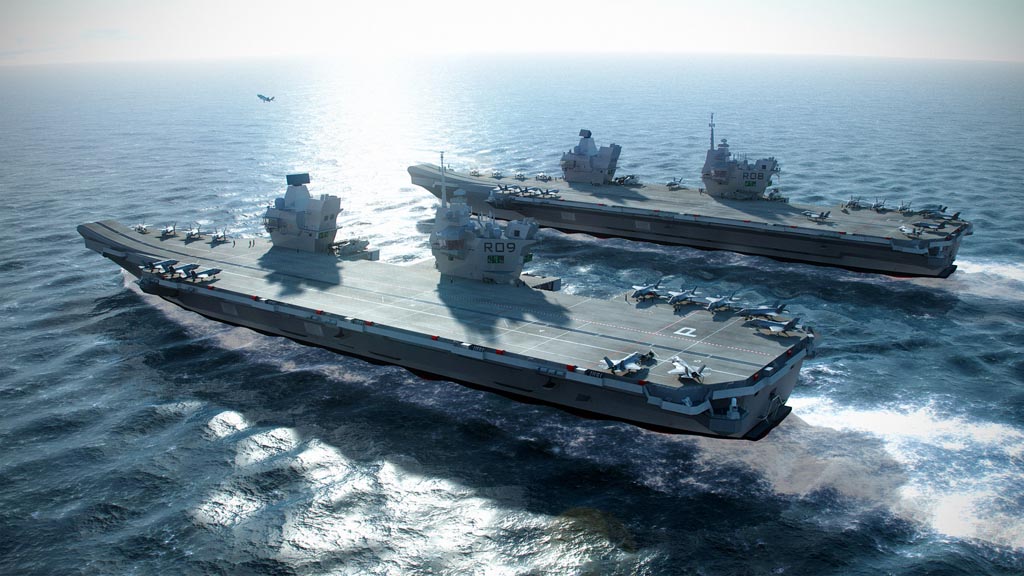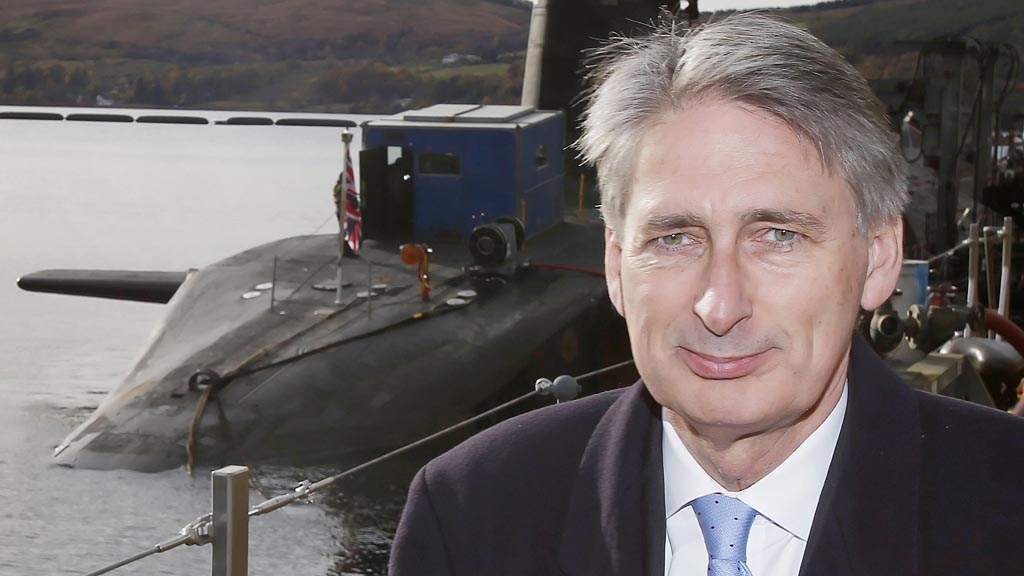MoD faces ‘critical’ aircraft shortfall as Afghan exit nears
Britain will face “critical shortfalls” in air transport and refuelling aircraft as combat operations end in Afghanistan, the National Audit Office warns.

The annual report into the Ministry of Defence’s largest projects said that during the crucial period when the British armed forces will be exiting Afghanistan, estimated to be completed in 2014, there will not be enough tactical transport aircraft and refuelling capability at an “extremely busy” time.
After 2022, the tactical air transport fleet, currently made up of Hercules C-130J aircraft which are being replaced, will have a shortfall of a third.
“The delays in introducing the new aircraft and budgetary constraints have caused critical shortfalls in some capability areas,” the NAO warned.
“This is particularly apparent up to the end of UK combat operations in Afghanistan in 2014, when both air transport and refuelling aircraft will be extremely busy, but also from 2022 for air transport, when the Hercules C-130J aircraft goes out of service early.”
However, the report does say that the MoD has begun to make “realistic” trade-offs between the need to provide the equipment it requires and the need to cut its budget.
‘Really disappointing’
Jim Murphy MP, Labour’s shadow defence secretary, said the report raised “serious questions” for the government.
“Less than a year after Philip Hammond claimed to have balanced the budget, waste and delay are characteristics of his equipment programme,” he said.

We welcome any progress made, but under this Tory-led government troops in Afghanistan will be using less efficient equipment and there are concerning capability gaps.
“There are now serious questions over government claims to have a costed equipment programme and we must see evidence of their grand assertions.
“It is really disappointing the government have not been bolder in procurement reform to make lasting changes to provide our forces with the best possible equipment when it is needed on the frontline.”
‘Do better’
The findings come in a report that says the Ministry of Defence has to “do better” to tackle the rising costs and increasing delays around its major projects.
The NAO said that on three out of six major projects, all relating to air transport and refuelling, the MoD has suffered increased costs of £637m. This was offset by areduction in costs of £169m on the remaining projects.
The biggest cost increase has come from the Future Strategic Tanker Aircraft project, which aims to deliver a fleet of 14 aircraft which can both provide transport and refuelling.
The increased cost of fuel is expected to be a major component of the £257m rise in costs anticipated in the latest report.

Over the year the projected cost of replacing the 32 Hercules C-130J aircraft with a fleet of 22 A400m transport aircraft has increased by £163m and the cost of delivering two new Queen Elizabeth class aircraft carriers (CGI visualisation above), which will be the Navy’s largest warships, has risen by £217m.
‘Tough decisions’
Defence Secretary Philip Hammond (pictured, above) said: “Unlike the previous government, who let spending spiral out of control, we have taken the tough decisions necessary to get the Equipment Plan under control.
“Fuel inflation and other factors outside of the department’s control are responsible for three-quarters of the cost increase over the past year.
“It will take time to rectify years of mismanagement of the programme, but the work this government has done to balance the budget and address fundamental project management problems is paying off. We can now make more accurate cost projections and invest in the best equipment for our armed forces with more confidence than ever before.”
To combat the aircraft shortfall, the MoD is exploring extending the use of VC10 aircraft, which were due to go out of service in March, and of the Tristar aircraft, which were due to go out of service in July. However, the NAO warned that “technical issues may arise from the ageing Tristar fleet”. A small number of Hercules C130K plans have also had their service lives extended.